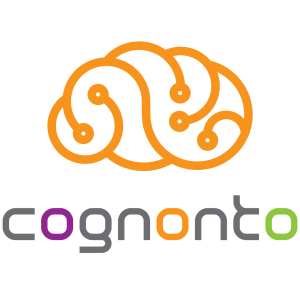There are many situations were we want to link named entities from two different datasets or to find duplicate entities to remove in a single dataset. The same is true for vocabulary terms or ontology classes that we want to integrate and map together. Sometimes we want to use such a linkage system to help save time when creating gold standards for named entity recognition tasks.
There exist multiple data linkage & deduplication frameworks developed in several different programming languages. At Cognonto, we have our own system called the Cognonto Mapper.
Most mapping frameworks work more or less the same way. They use one or two datasets as sources of entities (or classes or vocabulary terms) to compare. The datasets can be managed by a conventional relational database management system, a triple store, a spreadsheet, etc. Then they have complex configuration options that let the user define all kinds of comparators that will try to match the values of different properties that describe the entities in each dataset. (Comparator types may be simple string comparisons, the added use of alternative labels or definitions, attribute values, or various structural relationships and linkages within the dataset.) Then the comparison is made for all the entities (or classes or vocabulary terms) existing in each dataset. Finally, an entity similarity score is calculated, with some threshold conditions used to signal whether the two entities (or classes or vocabulary terms) are the same or not.
The Cognonto Mapper works in this same general way. However, as you may suspect, it has a special trick in its toolbox: the SuperType Comparator. The SuperType Comparator leverages the KBpedia Knowledge Ontology to help disambiguate two given entities (or classes or vocabulary terms) based on their type and the analysis of their types in the KBPedia Knowledge Ontology. When we perform a deduplication or a linkage task between two large datasets of entities, it is often the case that two entities will be considered a nearly perfect match based on common properties like names, alternative names and other common properties even if they are two completely different things. This happens because entities are often ambiguous when only considering these basic properties. The SuperType Comparator’s role is to disambiguate the entities based on their type(s) by leveraging the disjointedness of the SuperType structure that governs the overall KBpedia structure. The SuperType Comparator greatly reduces the time needed to curate the deduplication or linkage tasks in order to determine the final mappings.
We first present a series of use cases for the Mapper below, followed by an explanation of how the Cognonto Mapper works, and then some conclusions.
Continue reading “Mapping Datasets, Schema and Ontologies Using the Cognonto Mapper”
